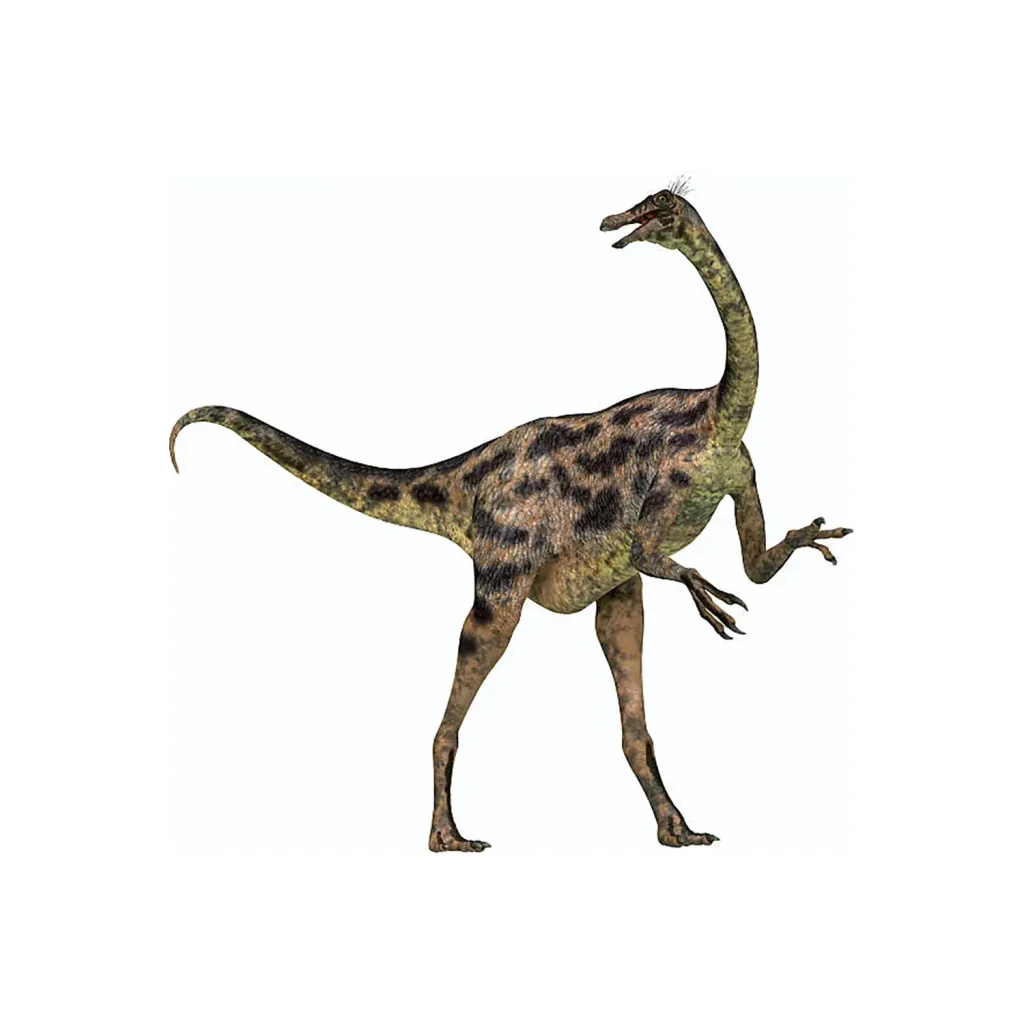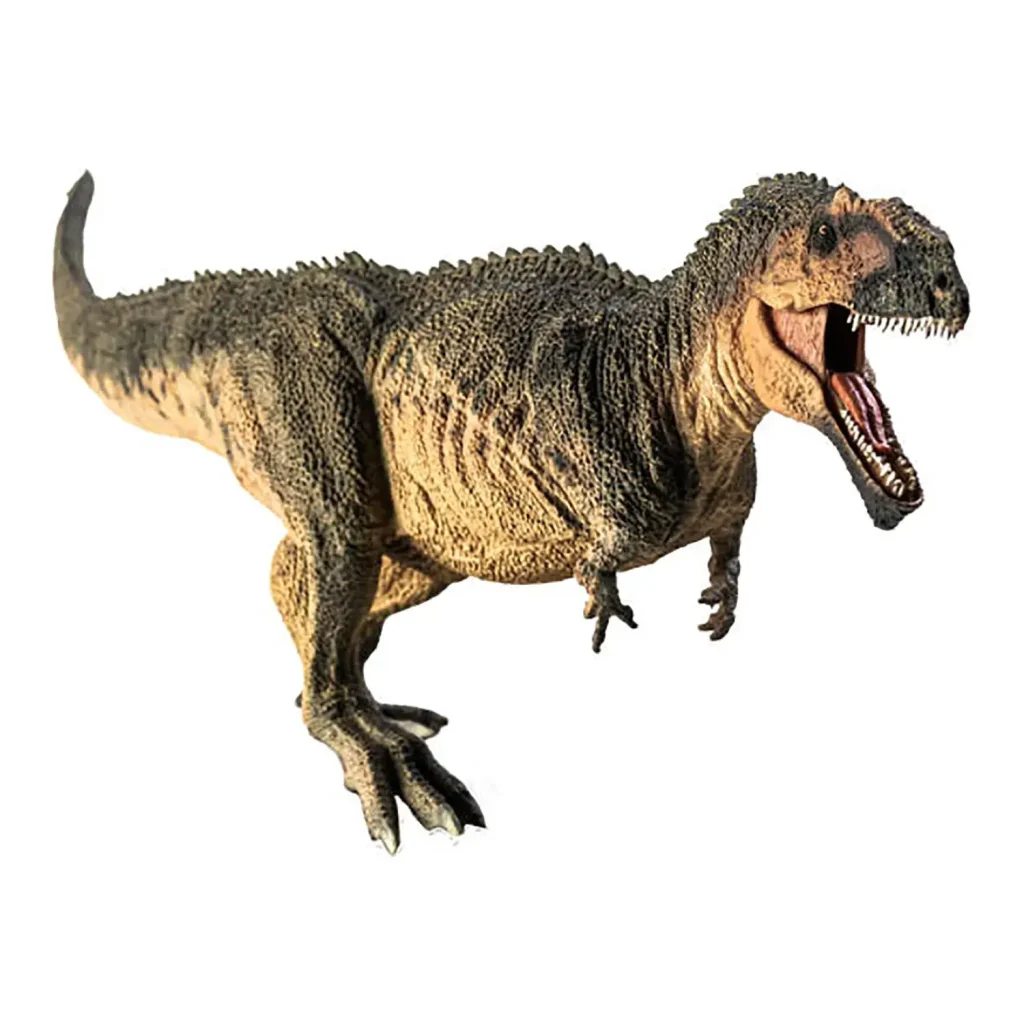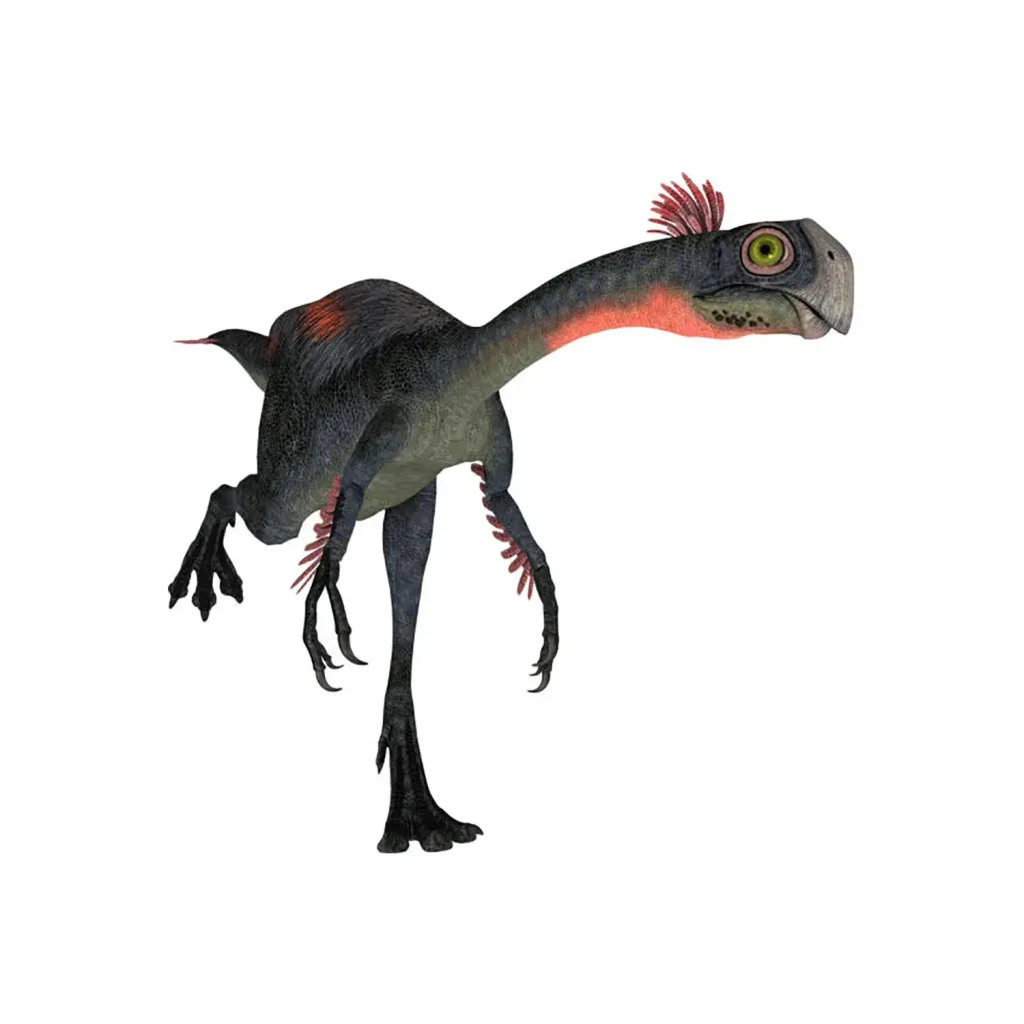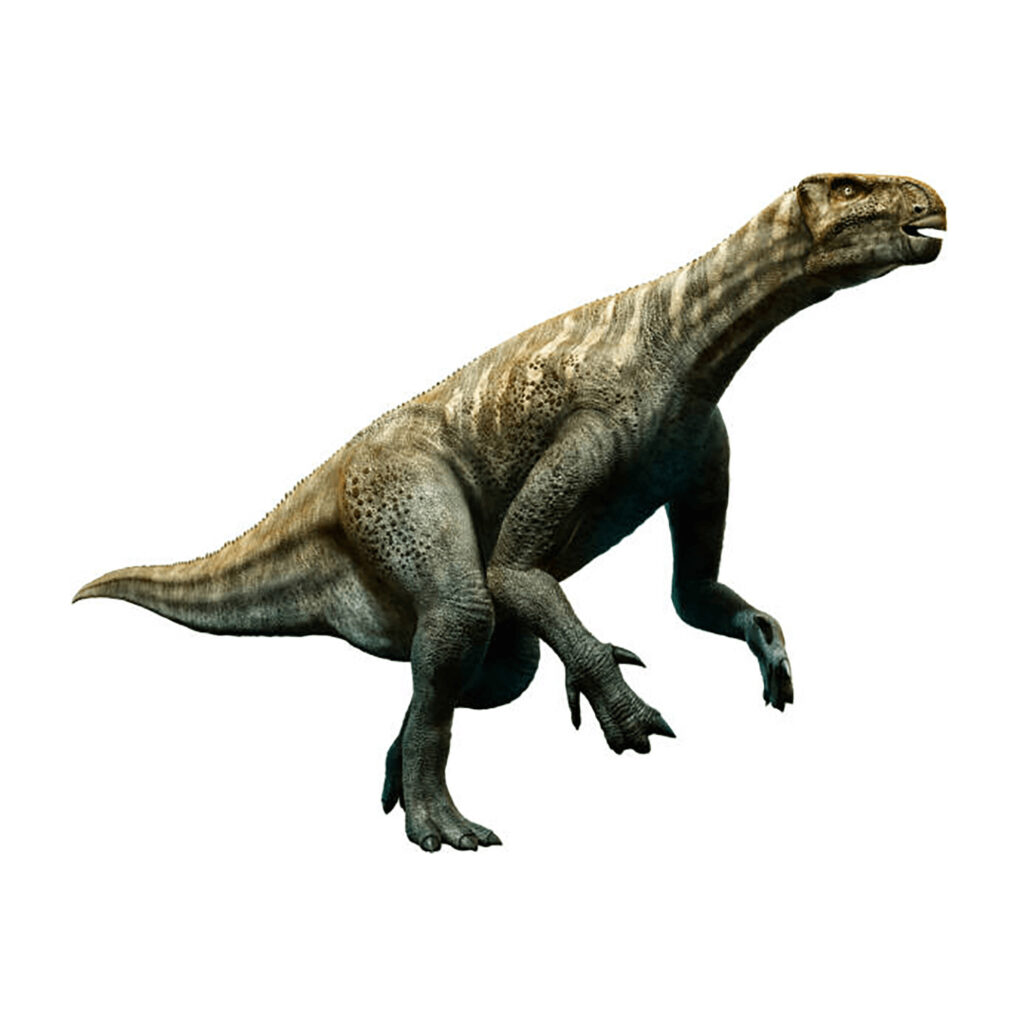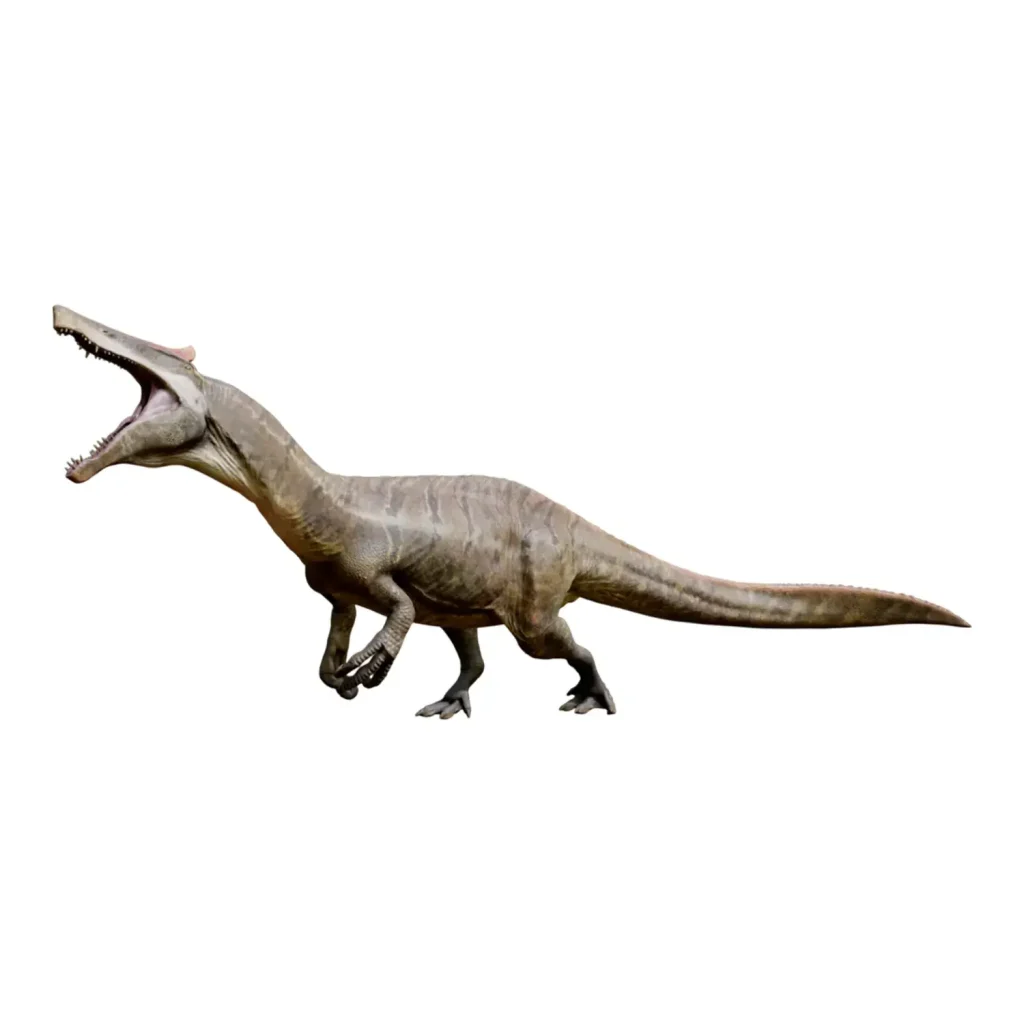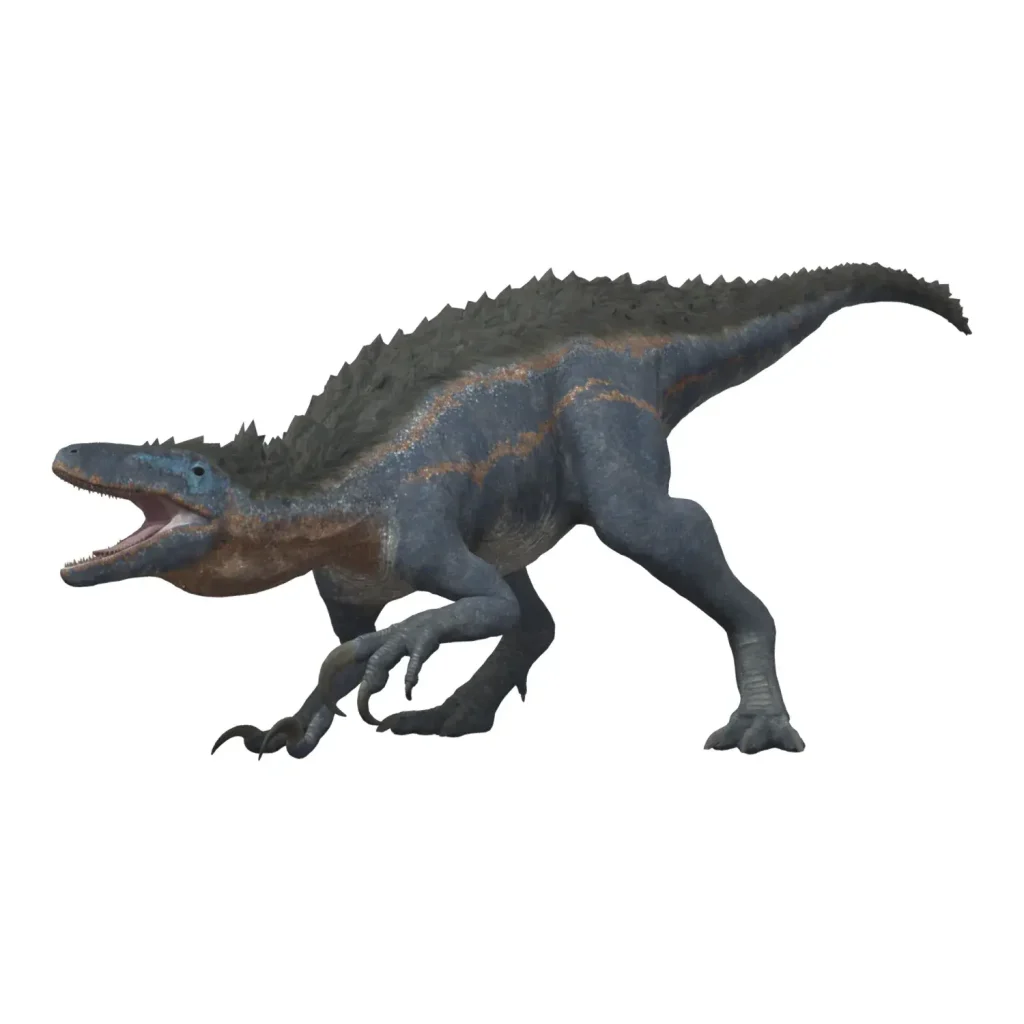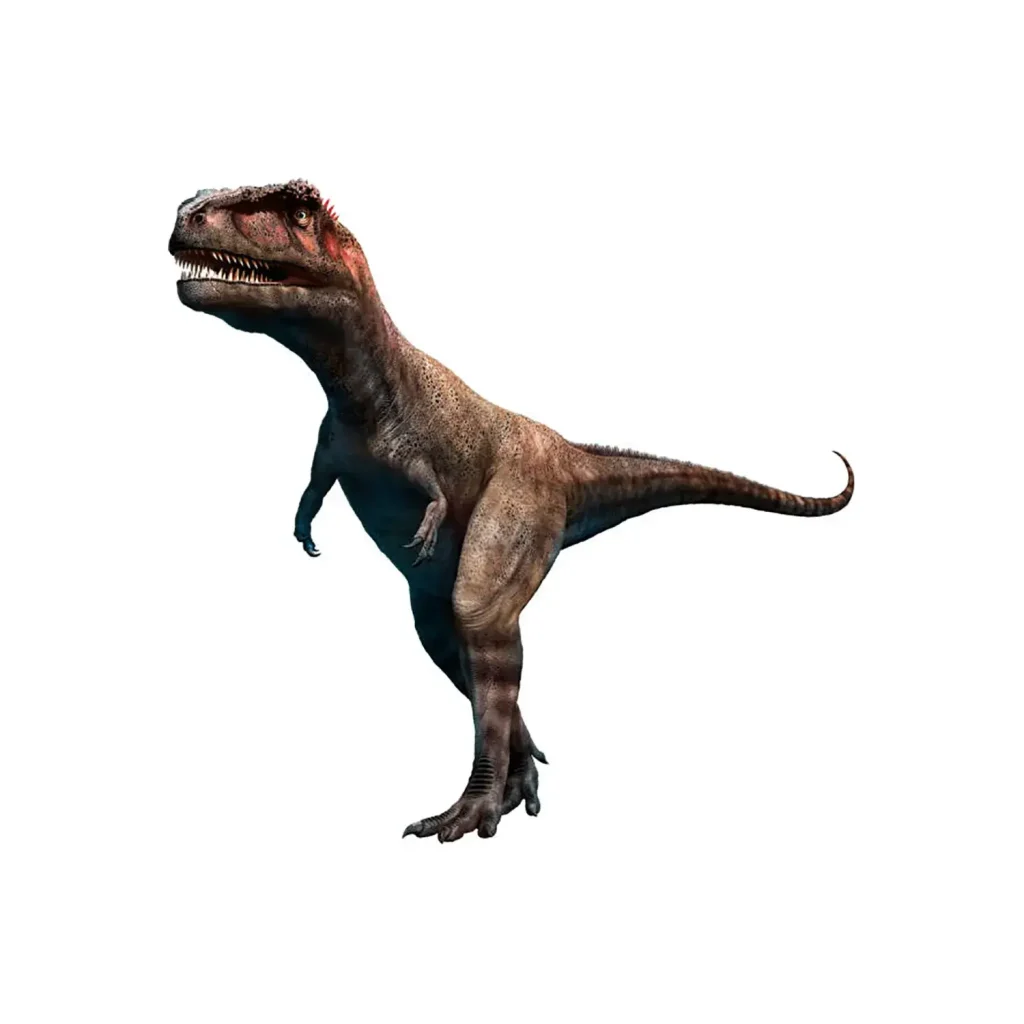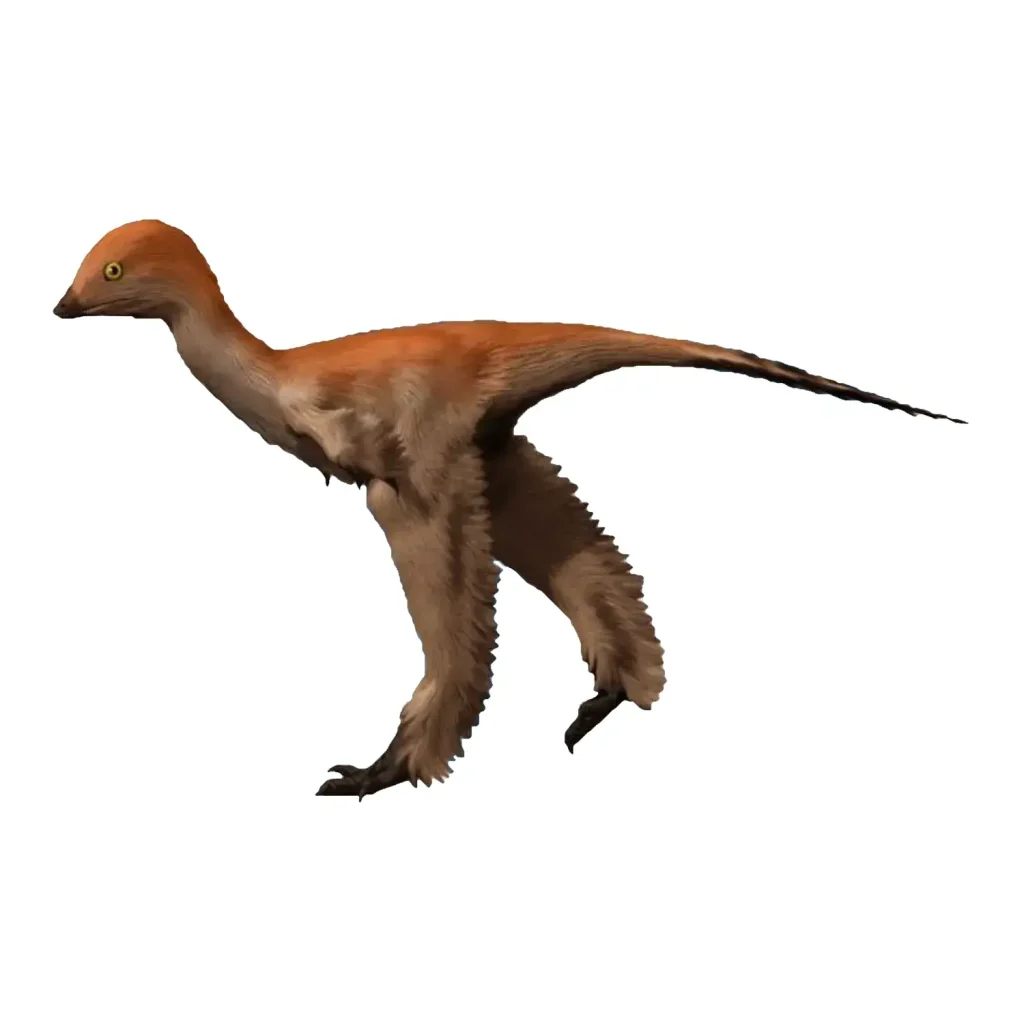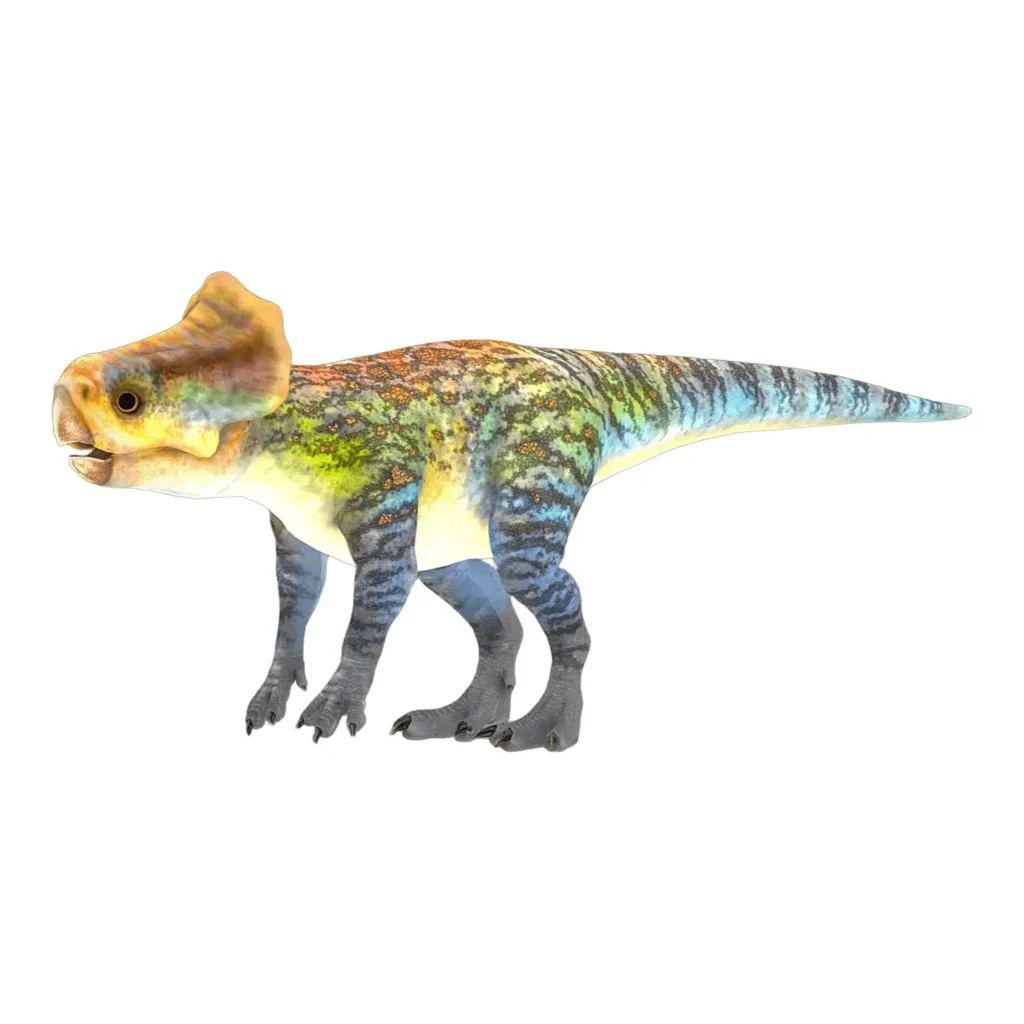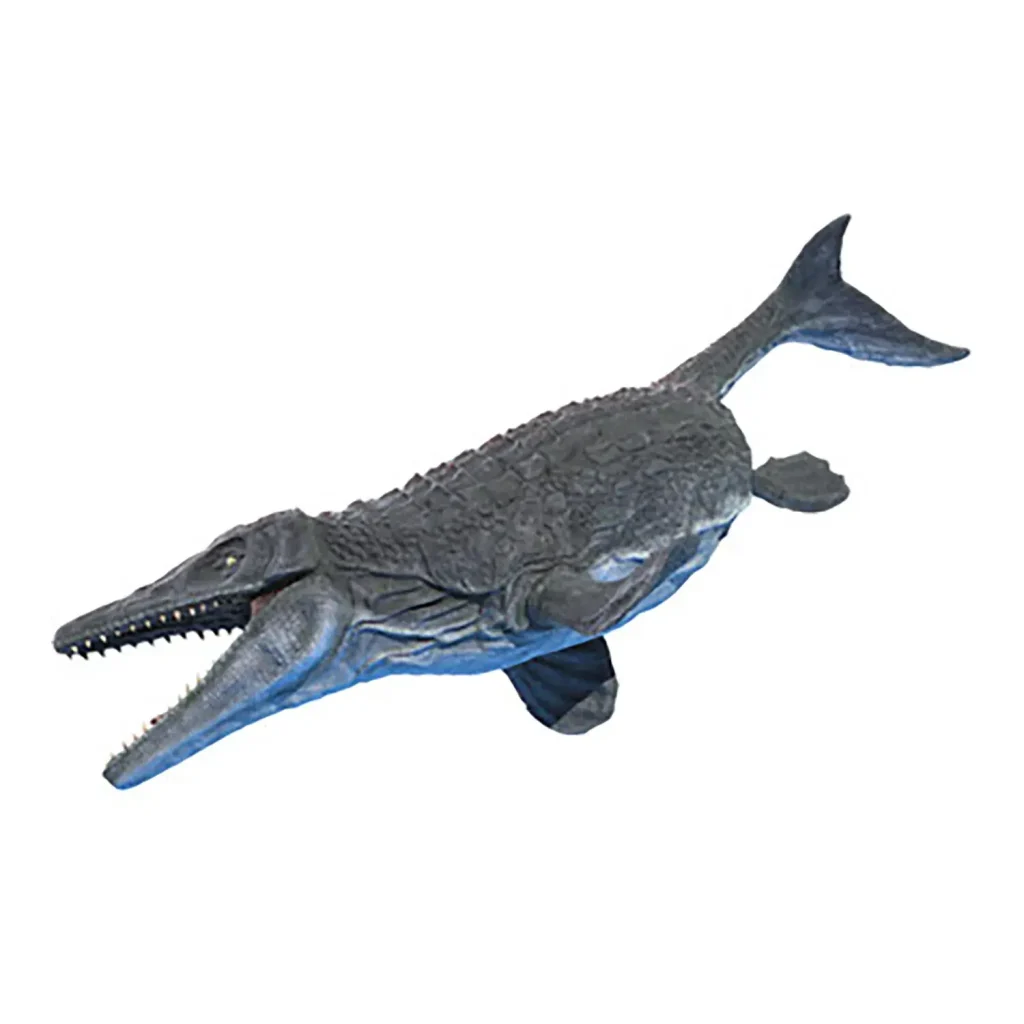-
 Gallimimus
Gallimimus- Classification
- Theropods
- Characteristics
- Omnivorous
- Era
- Cretaceous period
-
 Geosternbergia
Geosternbergia- Classification
- Flying reptiles
- Characteristics
- Carnivorous
- Era
- Cretaceous period
-
 Giganotosaurus
Giganotosaurus- Classification
- Theropods
- Characteristics
- Carnivorous
- Era
- Cretaceous period
-
 Gigantoraptor
Gigantoraptor- Classification
- Theropods
- Characteristics
- Omnivorous
- Feathered
- Era
- Cretaceous period
-
 Iguanodon
Iguanodon- Classification
- Ornithopoda
- Characteristics
- Herbivorous
- Era
- Jurassic period
- Cretaceous period
-
 Incisivosaurus
Incisivosaurus- Classification
- Theropods
- Characteristics
- Herbivorous
- Feathered
- Era
- Cretaceous period
-
 Irritator
Irritator- Classification
- Theropods
- Characteristics
- Carnivorous
- Era
- Cretaceous period
-
 Maip
Maip- Classification
- Theropods
- Characteristics
- Carnivorous
- Era
- Cretaceous period
-
 Mapusaurus
Mapusaurus- Classification
- Theropods
- Characteristics
- Carnivorous
- Era
- Cretaceous period
-
 Mei
Mei- Classification
- Theropods
- Characteristics
- Carnivorous
- Era
- Cretaceous period
-
 Microceratus
Microceratus- Classification
- Marginocephalia
- Characteristics
- Herbivorous
- Era
- Cretaceous period
-
 Mosasaurus
Mosasaurus- Classification
- Marine reptiles
- Characteristics
- Carnivorous
- Era
- Cretaceous period
The Cretaceous Period was both the zenith and the end of the Age of Dinosaurs.
During this time, dinosaurs reached their peak diversity, giving rise to the largest carnivorous species in history.
What is the truth behind the mass extinction that ended this glorious era?
